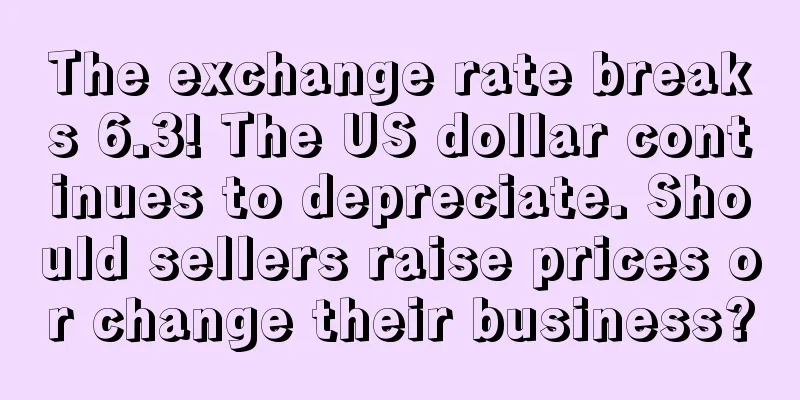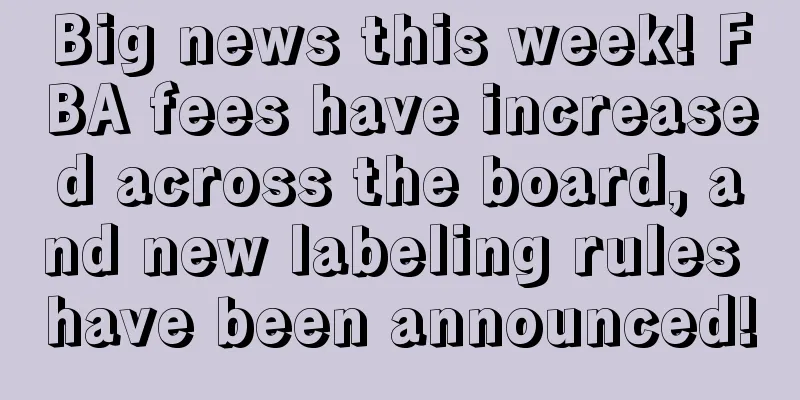|
At the beginning of 2025, the global shipping market has been shaken frequently, with price fluctuations one after another, making the entire cross-border industry tread on thin ice.
Recently, several leading shipping companies have issued announcements, announcing that they will increase container freight rates from March, with the rate increase on some routes exceeding 60% . This news has undoubtedly shocked and worried industry insiders.
It is learned that recently a number of leading shipping companies, including Maersk, MSC, CMA CGM, Hapag-Lloyd and Wan Hai, have successively announced adjustments to some routes, covering Europe, North America, Africa, the Middle East, India and Pakistan, as well as short-sea routes.
1. Maersk Freight rates from the Far East to Northern Europe and the Mediterranean will be adjusted from March 3, 2025. The FAK rate from the Far East to Northern Europe and the Mediterranean can be as high as US$6,200 per 40-foot container.
2. CMA CGM From March 1, 2025, FAK rates from the Far East to the Mediterranean and North Africa will be increased to a maximum of USD 6,900 per 40-foot container , effective until further notice. The new FAK rates apply as follows: - Departure port: All major base ports in Asia
- Destination range: All Mediterranean and North African ports
- Container type: Dry box, OOG frame box, Paying empty boxes
- Effective date: March 1, 2025 (loading date) until further notice
From March 1, 2025, the FAK rate from the Far East to Europe will be increased, and a GRI of USD 300/TEU will be imposed on containerized cargo from Asia/Oceania to Africa, the Middle East and the Indian subcontinent, and from Asia to Oceania , effective until further notice. These adjustments not only cover 20-foot and 40-foot dry and reefer containers, but also various types of high cabinets.
The increase to the GRI for the United States, Canada and Mexico will take effect on March 1, 2025. The fee schedule is as follows:
Freight rates for cargo exported from all of China to Asia (near-sea routes) will be increased. Increase: USD 100/200/200 for 20'/40'/40'HQ
MSC has announced new rates from all Far East ports (including but not limited to ports in Japan, South Korea and Southeast Asia) to Mediterranean ports (including Western Mediterranean, Adriatic and North Africa) and Black Sea ports. These rates will be effective from March 1, 2025 until further notice, but no later than March 15, 2025.- The FAK rate from the Far East to the West Mediterranean will be increased from US$3,200/TEU to US$3,650/TEU; the large container rate will also increase from US$4,600 to US$5,200 ;
- The FAK rate from the Far East to the East Mediterranean has been raised from USD 3,100/TEU to USD 3,500/TEU; the large container rate has also increased from USD 4,300 to USD 5,200 ;
- The price of goods shipped from the Far East to Morocco increased from US$3,400/TEU to US$4,200/TEU (small containers increased by US$800), and large containers also increased by US$1,000 to US$6,000/FEU .
Data shows that the main futures contract of the container shipping index (European route) rose by 62.14% from January 16 to February 17. The price of a 40-foot container on the Shanghai-Rotterdam route soared from US$2,291 to US$4,000, a record high in the past five years. Maersk, Hapag-Lloyd and other companies have announced that they will further increase freight rates on multiple routes from March, and the increases on the US West and US East routes have also significantly expanded.
As for the reasons behind this round of price increases, the industry generally believes that supply and demand imbalance and policy disturbances are the main driving forces.
First, as global manufacturing capacity gradually recovers, export demand for raw materials and finished products has surged, especially the "post-Spring Festival restocking wave" has brought large-scale orders, and in the short term, sea transportation demand has far exceeded capacity supply.
Furthermore, changes in tariff policies and cost transmission are also important factors driving the price increase. With the implementation of the US tariff stick, some cross-border e-commerce merchants have to ship goods in advance to avoid future tariff pressure. This not only increases transportation demand in the short term, but also intensifies competition for space, further driving up freight rates. At the same time, with the continuous transmission of logistics costs, the overall operating costs of freight companies have also risen, and they have chosen to maintain profits by raising prices, exacerbating the spread of this round of price increases.
As the spring promotion approaches, the logistics pressure and cost challenges for cross-border sellers may be further intensified. [ Opening up a new blue ocean track, a full-link practical guide for new sellers in the POD model to start efficiently, all at the 2.26 Xiamen Cross-border POD Seller Seminar! ]
As mentioned in the previous article, since the Black Friday online promotion in 2024, Amazon's warehouse overflow problem has become more and more serious, leading to frequent inventory management problems. In 2025, Amazon's warehouse overflow problem has not been alleviated.
It is learned that according to sellers’ feedback, Amazon Canada’s warehouses have been severely overwhelmed recently. Specifically:- Vancouver area : It is difficult to make reservations at YVR2, but the situation is gradually returning to normal; it is difficult to make reservations at YVR3, some orders have been cancelled, and the warehouse receipt situation is gradually improving; it is still difficult to make reservations at YVR4.
- Calgary area : YYC6 is severely out of stock, and appointments are scheduled for two weeks later; YEG2 is out of stock, the number of appointments is small, YYC4 is out of stock, and some orders have been cancelled; YEG1 is currently in normal situation.
- Toronto area : YOO1 continues to be liquidated; YYZ4 is difficult to book, and the queue is two weeks later; YOW3 began to cancel appointments, and it is difficult to make an appointment; YGK1 and YYZ3 are normal.
In addition, some warehouses in the United States are also experiencing a trend of overstocking, such as LAS1, SBD1, ABE8, MEM1, ORD2, IND9, FWA4 , etc. It may take 3-7 days to process the goods after they arrive.
Some industry insiders said that the cause of the liquidation was mainly affected by two factors.
On the one hand, the post-Spring Festival replenishment rush and the peak season stocking demand have further aggravated warehouse congestion. Especially with the upcoming spring promotion, merchants' urgent need to replenish stocks has led to a surge in warehouse cargo handling. In this case, the warehouse throughput cannot meet the demand, and the lag in transportation and shelving has gradually increased, further driving the deterioration of the warehouse explosion phenomenon.
On the other hand, due to tariff issues, many sellers in the US market rushed to stock up before the policy was officially implemented (February 4). Now, these goods arrived at the warehouse almost at the same time, causing a large influx of goods, a sharp increase in warehouse pressure, and warehouse explosion is almost inevitable.
Some experts pointed out that in the short term, Amazon's warehouse overflow problem may not be completely solved. Especially with the continued recovery of global trade and the continuous increase in cross-border e-commerce demand, warehousing and logistics capacity will face greater challenges. [ Opening up a new blue ocean track, a full-link practical guide for new sellers in the POD model to start efficiently, all at the 2.26 Xiamen Cross-border POD Seller Seminar! ]
What do you think about this? Welcome to discuss in the comment section
|










